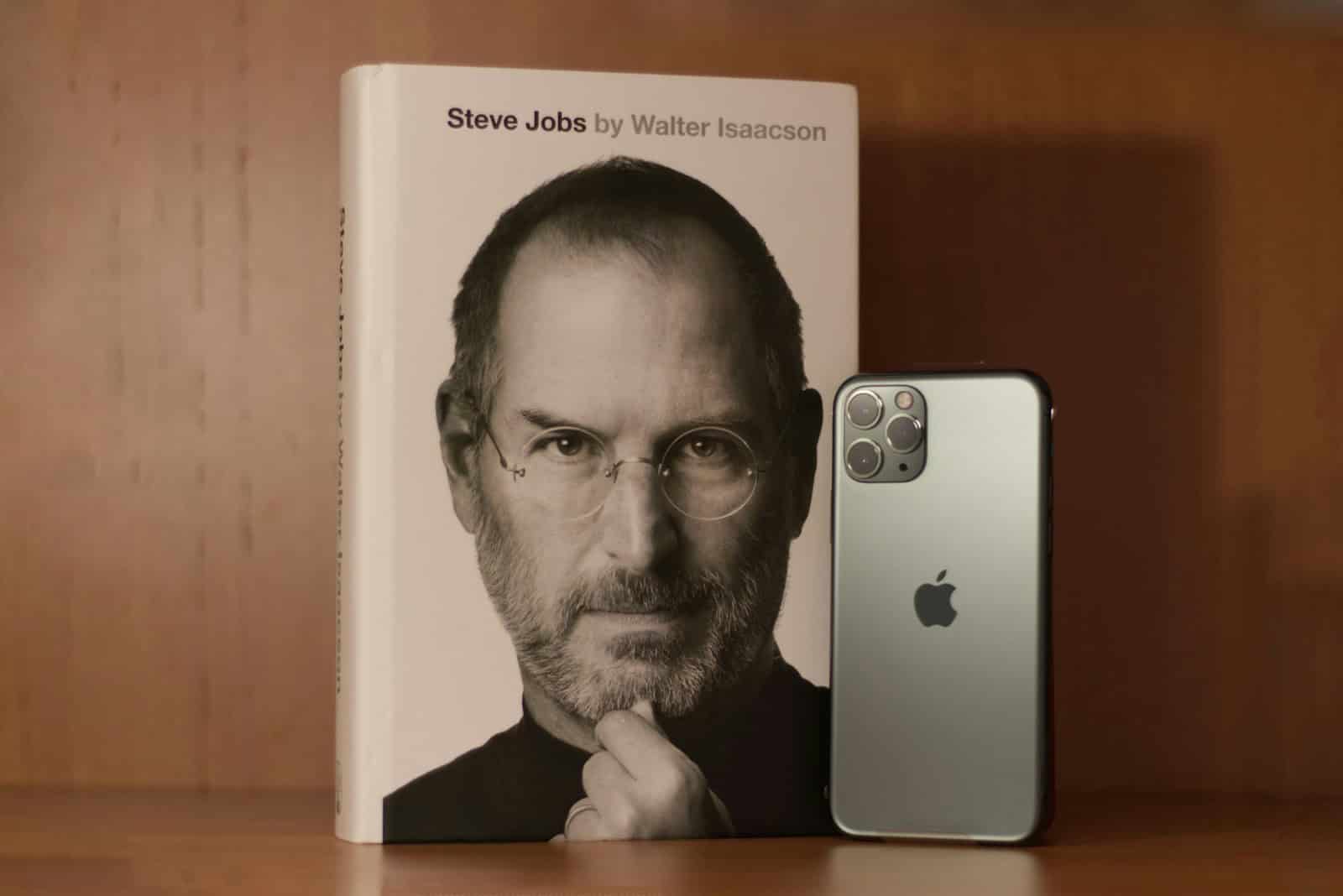Steve Jobs played a crucial role in revolutionizing the retail industry with the launch of the first Apple Store back in 2001. Right from the start, Jobs had a clear vision of creating a space where customers could not only buy products but also gain a deep understanding of what the brand Apple stands for. He gave great importance to the design and layout of these stores, ensuring that every element contributed to an integrated experience that is synonymous with the brand’s core values of innovation, simplicity, and aesthetic finesse.
His approach transformed the traditional retail environment into an immersive world where technology meets art. Under Steve Jobs’ leadership, Apple opened its first store in Cupertino, which quickly set a new benchmark for customer experience in retail. The Apple Store became a hub for product demonstrations, personal training, and technical support, creating a gathering place for the community. The stores themselves, with their unique architecture and minimalist design, became an extension of the products on display, reflecting the company’s dedication to elegance and function.
This retail strategy proved to be a significant factor in Apple’s continued success, creating a distinctive environment that encouraged customer loyalty and set the brand apart from its competitors.
Steve Jobs’s Vision for Retail: How He Transformed the Apple Store Experience
Steve Jobs’s meticulous attention to detail and passion for creating an exceptional customer experience shaped the concept and ultimate success of Apple Stores. Here’s a breakdown of his key contributions:
Rethinking the Retail Landscape
Before Apple Stores existed, computer retail was often a cluttered, impersonal affair. Jobs envisioned something different. He wanted Apple Stores to be bright, inviting spaces where customers could experience Apple products in a hands-on, engaging way.
Design and Aesthetics
Apple Stores are known for their clean, minimalist design with large, open spaces. Jobs was heavily involved in the design process, choosing materials, approving layouts, and ensuring every detail reflected Apple’s design philosophy.
[Image of the interior of an Apple Store]
Emphasis on Customer Experience
Jobs understood that customer experience went beyond simply selling products. Apple Stores were designed to educate, inspire, and build a sense of community.
- Genius Bar: This iconic feature offers on-site technical support and troubleshooting, creating a sense of reliability and fostering customer loyalty.
[Image of Apple Store Genius Bar] - Today at Apple: This program offers free workshops and sessions, helping customers learn how to get the most out of their Apple products and explore their creativity.
The Power of the “Unboxing”
Jobs believed that even the act of unboxing an Apple product should be an experience, which is why Apple places such emphasis on sleek, minimalist packaging. This focus on detail extends throughout the entire purchase and ownership cycle.
A Model for Success
Apple Stores have become a benchmark for retail excellence, driving the company’s sales as well as enhancing the brand’s overall image and reputation. Many other retailers have tried to emulate their formula, but few have been as successful.
| Feature | How It Contributed to Apple’s Success |
|---|---|
| Sleek, minimalist design | Created a distinct brand identity and an elevated customer experience. |
| Focus on hands-on experiences | Encouraged customers to interact with products, fostering a deeper connection with Apple’s technology. |
| Genius Bar | Provided reliable technical support, building brand loyalty and trust. |
| “Today at Apple” sessions | Educated customers and nurtured a sense of community, enhancing product engagement. |
| Emphasis on unboxing | Reinforced the perception of Apple products as premium and desirable. |
Steve Jobs’s vision for Apple Stores revolutionized the way consumers interact with technology. His dedication to beautiful design, exceptional customer service, and fostering a sense of discovery made Apple Stores more than just storefronts – they became destinations.
Key Takeaways
- Steve Jobs was central to creating the unique retail concept of the Apple Store.
- Apple Stores emphasize customer experience and mirror Apple’s design philosophy.
- The success of Apple Stores has contributed greatly to the brand’s strong customer loyalty.
Steve Jobs’ Role in Apple’s Retail Strategy
Steve Jobs reshaped how retail stores operate in the tech industry through innovation and focusing on customer experience. His leadership led to Apple Stores that are distinct in design and service.
Conceptualization of Apple Stores
In 2001, Steve Jobs introduced the first Apple Store after realizing the need for a better customer retail experience. He imagined retail stores as spaces where people could connect with the Apple brand and its products. The concept was to make technology not only accessible but also engaging to customers.
Influence on Store Design and Customer Experience
The design of Apple Stores, influenced by Steve Jobs and designer Jonathan Ive, broke new ground for retail spaces. They emphasized minimalistic layouts and hands-on product interaction. Jobs insisted on store features like the Genius Bar, enhancing the overall customer service experience.
Impact on Brand Image and Market Presence
Under Jobs, Apple Stores became key to the brand’s market cap growth. They served as a physical embodiment of Apple’s innovation and were instrumental in the successful launches of products like the iPod, iPhone, and iPad. These stores improved Apple’s brand image and solidified its presence in the market.
Leadership and Business Decisions
As CEO, Steve Jobs made crucial business decisions that shaped the profitability and success of Apple Stores. He overhauled previous operations led by executives like John Sculley and Gil Amelio. Jobs’ leadership focused on creating retail environments that align with Apple’s values and promise of innovation.







